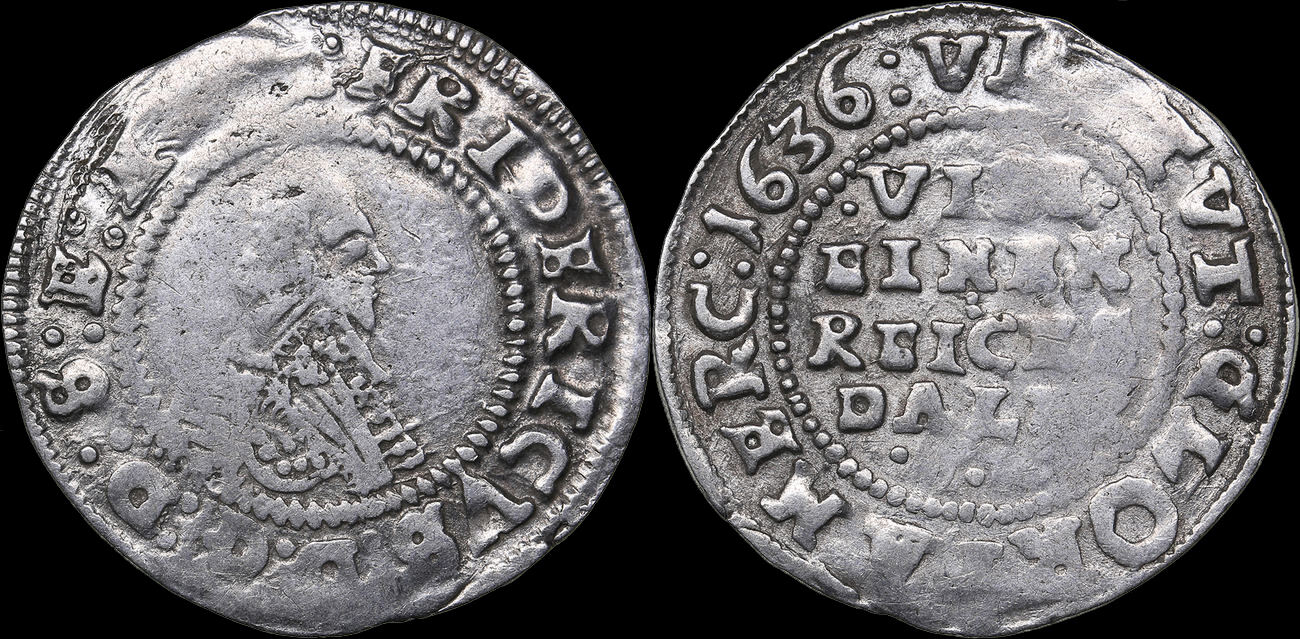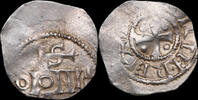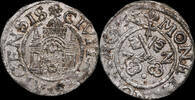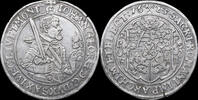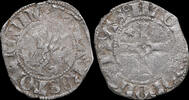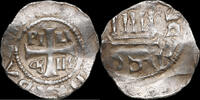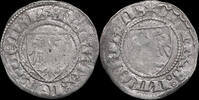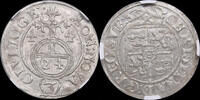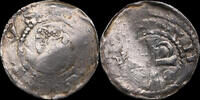MA-ID: 621202090
Customer feedback Numex OÜ
Excellent seller, highly recommended!
Thank You! Nice items for reasonable price, quick shipping! Excellent!!!
Ja, ich bin mit dem gekauften Geldschein vollig zufrieden. Danke.
M.Brindz...
Super Ware! Gerne wieder.
Schleswig-Holstein-Gottorp 1/8 taler 1636 Friedrich III (1616-1659) VF
Numex OÜ 

9
On MA-Shops since 9 years
1195 ratings,
100 % Positive (last 24 months)
Worldwide shipping
56.35 £65,00 EUR
Import tax may be added
+ 4.33 £ shipping ( to United Kingdom )
Delivery time: 11 - 14 days
+ 4.33 £ shipping ( to United Kingdom )
| Customer Support +49 (0)2871 2180 383 |
| Payment methods |
| Wire Transfer |
The Schleswig-Holstein-Gottorp 1/8 Taler of 1636: A Numismatic Insight into Friedrich III's Reign
The Schleswig-Holstein-Gottorp 1/8 Taler from 1636, minted during the reign of Friedrich III, Duke of Schleswig-Holstein-Gottorp, offers a fascinating glimpse into the political, economic, and cultural landscape of 17th-century Northern Europe. Friedrich III, ruling from 1616 to 1659, was a pivotal figure whose policies and personal interests shaped not only his duchy but also influenced broader European politics through his diplomatic engagements and familial ties.
Historical Context:
Friedrich III's reign was marked by his ambitious plans for economic development, particularly in sea trade, which reflected his vision for the duchy's role in international commerce. His efforts to establish trade relations with Russia, although not immediately successful, highlighted his forward-thinking approach to governance. This period also saw him navigating the complex web of alliances during the Thirty Years' War, where he maintained a policy of neutrality, leaning towards Sweden but ultimately facing challenges due to the shifting power dynamics in the region.
The Coin Itself:
The 1/8 Taler, often referred to as a "Schilling" in some contexts, was a small silver coin, typical of the period's coinage which was not standardized in size or weight due to the hand-struck nature of minting. These coins were crucial for local trade and represented a fraction of the larger taler, which was a significant denomination in the German states.
Obverse: Likely featured the portrait of Friedrich III, possibly with his titles or a symbolic representation like a coat of arms, reflecting his ducal authority.
Reverse: Commonly bore a cross or other religious symbols, indicative of the Christian ethos of the time, or perhaps the ducal crest or another emblematic design.
The coin's condition, described as VF (Very Fine), suggests it has retained much of its original detail, offering numismatists a clear view into the craftsmanship of the era.
Numismatic Significance:
Inscriptions: These would typically be in Latin, the scholarly language of the time, possibly including Friedrich's name or titles, like "Fridericus Dux" for Duke Friedrich.
Rarity and Value: Given its age and the historical figure it represents, this 1/8 Taler is considered rare. Its numismatic value is heightened by its connection to Friedrich III's era, a time of significant change and development in the region.
Economic Insight: These smaller denominations were essential for daily transactions, illustrating the economic life of the time. They facilitated trade across the diverse regions of the duchy, reflecting Friedrich's economic policies aimed at boosting local commerce.
Cultural Impact:
The design and minting of such coins under Friedrich III's rule also reflect the cultural integration of Christian values with governance. Coins were not just economic tools but also carriers of the ruler's image and authority, reinforcing his power and piety among his subjects.
Conclusion:
The Schleswig-Holstein-Gottorp 1/8 Taler of 1636 is more than a mere coin; it's a historical artifact that encapsulates the political, religious, and economic dynamics of Friedrich III's reign.
The Schleswig-Holstein-Gottorp 1/8 Taler from 1636, minted during the reign of Friedrich III, Duke of Schleswig-Holstein-Gottorp, offers a fascinating glimpse into the political, economic, and cultural landscape of 17th-century Northern Europe. Friedrich III, ruling from 1616 to 1659, was a pivotal figure whose policies and personal interests shaped not only his duchy but also influenced broader European politics through his diplomatic engagements and familial ties.
Historical Context:
Friedrich III's reign was marked by his ambitious plans for economic development, particularly in sea trade, which reflected his vision for the duchy's role in international commerce. His efforts to establish trade relations with Russia, although not immediately successful, highlighted his forward-thinking approach to governance. This period also saw him navigating the complex web of alliances during the Thirty Years' War, where he maintained a policy of neutrality, leaning towards Sweden but ultimately facing challenges due to the shifting power dynamics in the region.
The Coin Itself:
The 1/8 Taler, often referred to as a "Schilling" in some contexts, was a small silver coin, typical of the period's coinage which was not standardized in size or weight due to the hand-struck nature of minting. These coins were crucial for local trade and represented a fraction of the larger taler, which was a significant denomination in the German states.
Obverse: Likely featured the portrait of Friedrich III, possibly with his titles or a symbolic representation like a coat of arms, reflecting his ducal authority.
Reverse: Commonly bore a cross or other religious symbols, indicative of the Christian ethos of the time, or perhaps the ducal crest or another emblematic design.
The coin's condition, described as VF (Very Fine), suggests it has retained much of its original detail, offering numismatists a clear view into the craftsmanship of the era.
Numismatic Significance:
Inscriptions: These would typically be in Latin, the scholarly language of the time, possibly including Friedrich's name or titles, like "Fridericus Dux" for Duke Friedrich.
Rarity and Value: Given its age and the historical figure it represents, this 1/8 Taler is considered rare. Its numismatic value is heightened by its connection to Friedrich III's era, a time of significant change and development in the region.
Economic Insight: These smaller denominations were essential for daily transactions, illustrating the economic life of the time. They facilitated trade across the diverse regions of the duchy, reflecting Friedrich's economic policies aimed at boosting local commerce.
Cultural Impact:
The design and minting of such coins under Friedrich III's rule also reflect the cultural integration of Christian values with governance. Coins were not just economic tools but also carriers of the ruler's image and authority, reinforcing his power and piety among his subjects.
Conclusion:
The Schleswig-Holstein-Gottorp 1/8 Taler of 1636 is more than a mere coin; it's a historical artifact that encapsulates the political, religious, and economic dynamics of Friedrich III's reign.
Info / FAQ
| Shipping fees | ||||
|---|---|---|---|---|
| 0.87 £ to 43.35 £ | 43.35 £ to 173.39 £ | 173.39 £ to 433.48 £ | over 433.48 £ | |
| China | 10.40 £ | n/a | n/a | n/a |
| Germany | 4.33 £ | 4.33 £ | 4.33 £ | 13.00 £ |
| Estonia | 4.33 £ | 4.33 £ | 4.33 £ | 10.40 £ |
| United Kingdom | 4.33 £ | 4.33 £ | 4.33 £ | 21.67 £ |
| United States | 4.33 £ | 4.33 £ | 4.33 £ | 34.68 £ |
| European Union | 4.33 £ | 4.33 £ | 4.33 £ | 21.67 £ |
| World | 10.40 £ | 13.00 £ | 86.70 £ | 86.70 £ |
Information
Online orders are welcome as always and will be shipped directly.
|
Seller Home | 0Shopping cart | Terms of sale | Contact | MA Terms of sale | Privacy policy | Warranty | MA-Shops New Items Copyright ® 2001-2025, MA-SHOPS Coins All Rights Reserved. Designated trademarks and brands are the property of their respective owners. |
 Buy coins with warranty
Buy coins with warranty



